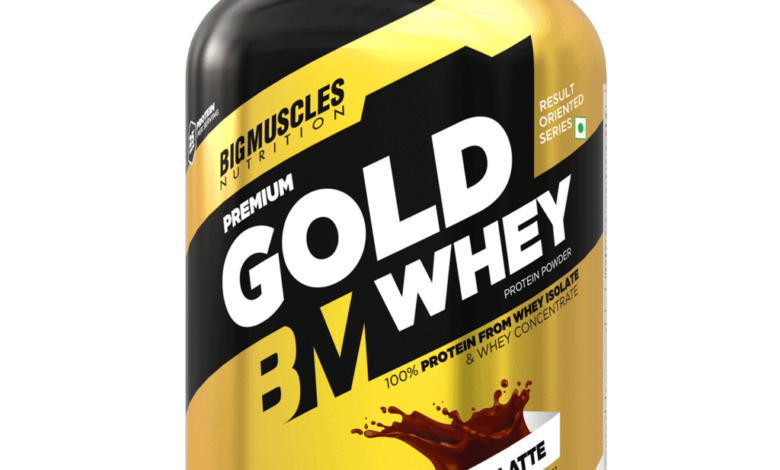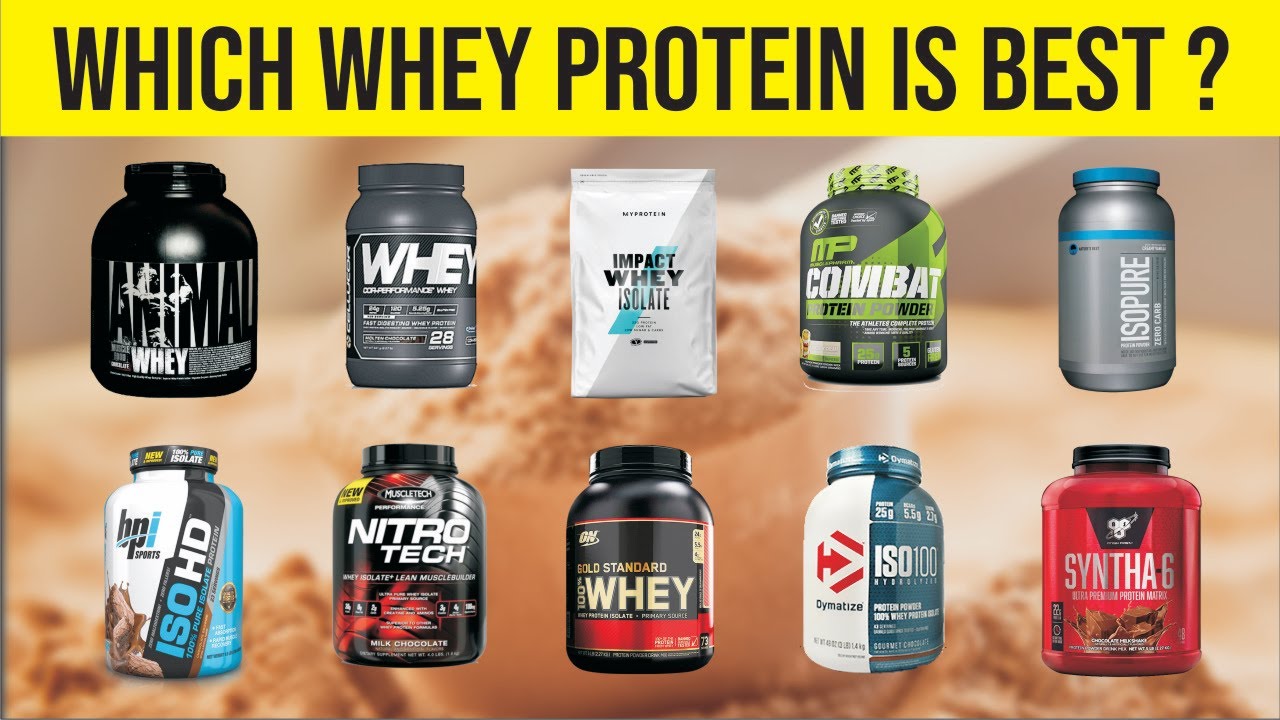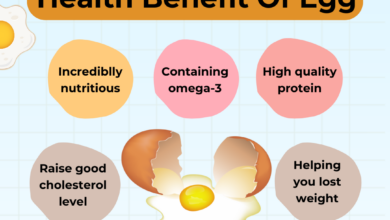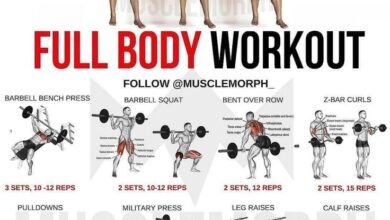
Whats the Best Whey Protein Powder for You?
Whats the best form of whey protein powder – What’s the best form of whey protein powder? This is a question that many fitness enthusiasts and health-conscious individuals ask themselves. Whey protein is a popular supplement known for its muscle-building and recovery benefits, but navigating the different types and brands can be overwhelming.
From whey protein concentrate to isolate and hydrolysate, each form has its own unique properties and advantages. This guide will break down the key factors to consider when choosing the right whey protein powder for your individual needs and goals.
We’ll delve into the world of whey protein, exploring its benefits, understanding the different types, and analyzing the factors that influence your choice. We’ll also discuss how to incorporate whey protein into your diet effectively and address potential side effects and considerations.
By the end of this journey, you’ll be equipped with the knowledge to select the best whey protein powder to fuel your fitness journey and support your overall well-being.
Understanding Whey Protein: Whats The Best Form Of Whey Protein Powder

Whey protein is a popular supplement among athletes and fitness enthusiasts, but it’s also gaining traction among those seeking to improve their overall health. It’s a complete protein, meaning it contains all the essential amino acids your body needs, and it’s readily absorbed, making it an excellent choice for building and repairing muscle tissue.
But with various forms available, understanding the differences can be confusing. Let’s delve into the world of whey protein and explore its various forms, benefits, and nutritional value.
Types of Whey Protein
Whey protein is derived from milk, a by-product of cheese production. During cheese production, milk is separated into curds (solid) and whey (liquid). Whey protein is then extracted from the whey liquid through various processing methods, resulting in different types of whey protein powders.
- Whey Protein Concentrate:This is the most common and least processed form of whey protein. It typically contains 70-80% protein, along with some lactose, fats, and carbohydrates. Whey protein concentrate is a good choice for those seeking a cost-effective option with a slightly richer flavor.
- Whey Protein Isolate:Whey protein isolate undergoes further processing to remove more lactose, fats, and carbohydrates, resulting in a higher protein content (90% or more). This makes it a suitable choice for individuals with lactose intolerance or those seeking a cleaner protein source.
Figuring out the best whey protein powder can be a bit of a puzzle, just like understanding the different types of anxiety. While some prefer the convenience of whey protein isolate, others swear by the nutritional benefits of whey protein concentrate.
Just like learning to manage anxiety, finding the right whey protein takes some experimentation. For a deeper dive into the world of anxiety and its management, check out this informative article on common types of anxiety and how to cope.
Ultimately, the best whey protein for you will depend on your individual goals and preferences, much like finding the best coping strategies for anxiety.
Whey protein isolate also has a faster absorption rate, making it a popular choice for post-workout recovery.
- Whey Protein Hydrolysate:This form of whey protein undergoes a process called hydrolysis, where the protein molecules are broken down into smaller peptides. This makes it easier and faster for the body to absorb and digest, making it an excellent option for individuals with digestive issues or those seeking a quick protein boost.
Choosing the best whey protein powder can be a bit of a science, but mastering the basics of cooking is a truly essential life skill. From understanding different protein sources to learning how to whip up a healthy meal, essential cooking skills everyone should master can make a huge difference in your overall well-being.
And once you’ve got those skills down, you can start experimenting with different protein powders and recipes to find what works best for you.
Whey protein hydrolysate is also often used in medical settings for individuals with specific nutritional needs.
Benefits of Whey Protein
Whey protein offers numerous benefits, making it a popular choice for various health and fitness goals.
- Muscle Growth and Repair:Whey protein is a complete protein source, rich in essential amino acids, particularly leucine, which plays a crucial role in muscle protein synthesis. Consuming whey protein after exercise can help stimulate muscle growth and repair, aiding in recovery and promoting muscle adaptation.
- Weight Management:Whey protein can contribute to weight management by increasing satiety and reducing appetite. This is because protein requires more energy to digest than carbohydrates or fats, leading to a higher thermic effect of food. Additionally, whey protein can help preserve muscle mass during weight loss, as it provides the necessary building blocks for muscle repair and maintenance.
- Improved Immune Function:Whey protein contains immunoglobulins and lactoferrin, which are proteins that support immune function. Some studies suggest that whey protein may enhance immune responses and help protect against infections. This is particularly relevant for athletes, who often experience increased stress on their immune system due to intense training.
- Enhanced Bone Health:Whey protein contains calcium and other essential nutrients that contribute to bone health. Studies suggest that whey protein consumption may improve bone mineral density and reduce the risk of osteoporosis, especially in older adults.
Nutritional Value of Whey Protein
Whey protein is a highly bioavailable protein source, meaning it is easily digested and absorbed by the body. Here’s a breakdown of the nutritional value of whey protein:
Protein Content
- Whey Protein Concentrate:Typically contains 70-80% protein per serving.
- Whey Protein Isolate:Typically contains 90% or more protein per serving.
- Whey Protein Hydrolysate:Typically contains 90% or more protein per serving.
Amino Acid Profile
Whey protein is rich in essential amino acids, including:
- Leucine:A key amino acid for muscle protein synthesis.
- Isoleucine:Involved in muscle repair and recovery.
- Valine:Plays a role in muscle growth and energy production.
Other Nutritional Values
- Lactose:Whey protein concentrate contains lactose, while isolate and hydrolysate have significantly lower lactose content.
- Fats:Whey protein concentrate contains some fats, while isolate and hydrolysate have minimal fat content.
- Carbohydrates:Whey protein concentrate contains some carbohydrates, while isolate and hydrolysate have minimal carbohydrate content.
Factors to Consider When Choosing Whey Protein
Navigating the world of whey protein can feel overwhelming, with countless brands and formulas vying for your attention. Making the right choice requires careful consideration of several key factors to ensure you’re getting the best product for your needs and budget.
Protein Content
The protein content is the most crucial factor to consider. Whey protein is primarily valued for its high protein concentration, which aids muscle growth and repair. Generally, look for powders with at least 70% protein per serving, though some specialized formulas might have higher concentrations.
Whey protein is a popular supplement for building muscle, but choosing the right type can be a bit of a maze. It’s a bit like trying to figure out if are chickpeas the new cauliflower – everyone’s talking about it, but is it really the best option?
When it comes to whey protein, you’ve got your isolates, concentrates, and hydrolysates, each with its own strengths. Deciding which is best for you depends on your goals and lifestyle, just like deciding which veggie deserves the “new cauliflower” title.
The higher the protein content, the more protein you get per serving.
However, don’t solely focus on the percentage; consider the serving size. A powder with 80% protein but a larger serving size might provide less overall protein than a powder with 70% protein but a smaller serving size.
Taste and Flavor
Whey protein comes in a wide array of flavors, from classic vanilla and chocolate to more adventurous options like peanut butter, cookies and cream, and even fruit-flavored varieties. Personal preference plays a significant role here, as taste can influence your consistency with using the protein powder.
It’s essential to choose a flavor you enjoy to ensure you stick to your fitness goals.
While some prefer unflavored protein for added flexibility in recipes, others find the taste less appealing. Experiment with different flavors to find one that suits your palate.
Digestibility
Whey protein is generally well-digested, but different forms and processing methods can affect digestibility.
- Whey protein isolateis a highly purified form, making it easier to digest than other forms, particularly for those with sensitive stomachs.
- Whey protein concentrate, while slightly less purified, remains highly digestible and often contains more naturally occurring nutrients.
- Hydrolyzed whey proteinundergoes pre-digestion, breaking down protein into smaller peptides, making it even easier to absorb.
If you experience digestive discomfort with whey protein, consider trying a hydrolyzed or isolate form or consulting a healthcare professional.
Price
The price of whey protein can vary significantly depending on brand, form, and packaging size. While budget-friendly options are available, premium brands often use higher-quality ingredients and stricter manufacturing processes, which can reflect in the price.
It’s crucial to find a balance between quality and affordability.
Don’t necessarily choose the cheapest option, as quality can be compromised. Instead, consider the value proposition: how much protein do you get per dollar? Compare prices per gram of protein across different brands and consider the overall value you’re getting.
Certifications and Third-Party Testing, Whats the best form of whey protein powder
While not always a guarantee of quality, certifications and third-party testing can provide additional assurance.
- NSF Internationalis a well-respected organization that certifies products for safety and quality. Look for the NSF Certified for Sport logo, indicating the product meets rigorous standards for banned substances.
- Informed-Sportis another reputable certification that ensures products are tested for banned substances and meet strict manufacturing standards.
- Third-party testingby independent labs provides an extra layer of verification for the product’s purity and safety.
While not mandatory, these certifications and testing can offer peace of mind, especially for athletes or individuals concerned about product quality and safety.
Whey Protein for Different Goals

Whey protein is a popular supplement for athletes and fitness enthusiasts, but choosing the right type can be confusing. Different types of whey protein are best suited for different fitness goals. This guide will help you understand how to choose the best whey protein for your needs.
Whey Protein for Different Fitness Goals
Choosing the right whey protein depends on your individual goals. Here’s a table outlining the best types of whey protein for different fitness goals:
| Fitness Goal | Best Whey Protein Type | Explanation |
|---|---|---|
| Muscle Building | Whey Protein Concentrate (WPC) or Whey Protein Isolate (WPI) | WPC and WPI are both high in protein and BCAAs, which are essential for muscle growth and repair. WPC is more affordable and has a slightly higher calorie content, while WPI is more quickly absorbed and has a lower lactose content. |
| Weight Loss | Whey Protein Isolate (WPI) | WPI is low in carbohydrates and fat, making it ideal for weight loss. It also helps promote satiety, reducing hunger cravings. |
| Endurance Training | Whey Protein Hydrolysate (WPH) | WPH is rapidly absorbed and easily digested, making it ideal for athletes who need to replenish their energy stores quickly after endurance training. |
Choosing the Right Whey Protein for Individual Needs
Several factors should be considered when choosing a whey protein, including individual needs and dietary restrictions.
Lactose Intolerance
Individuals with lactose intolerance may find whey protein isolate (WPI) or hydrolyzed whey protein (WPH) more tolerable. These forms of whey protein have lower lactose content.
Allergies
Whey protein is a dairy product, so individuals with dairy allergies should avoid it. Alternatives include soy protein, rice protein, or pea protein.
Other Dietary Restrictions
If you follow a specific diet, such as veganism or vegetarianism, ensure the whey protein you choose aligns with your dietary restrictions.
Whey Protein Intake Recommendations
The recommended daily intake of whey protein varies based on factors like activity level, body weight, and fitness goals.
General Recommendations
For general fitness and health, 0.8 grams of protein per kilogram of body weight is recommended. This translates to about 0.36 grams of protein per pound of body weight.
Athletes and Fitness Enthusiasts
Athletes and fitness enthusiasts may require higher protein intake, ranging from 1.2 to 1.7 grams per kilogram of body weight (0.54 to 0.77 grams per pound of body weight).
Specific Considerations
Consult with a healthcare professional or registered dietitian to determine the optimal whey protein intake for your individual needs.
Potential Side Effects and Considerations
While whey protein is generally considered safe for most people, it’s crucial to be aware of potential side effects and consume it responsibly. Like any supplement, excessive intake or individual sensitivities can lead to adverse reactions.
Digestive Issues
Whey protein, particularly in large doses or when consumed on an empty stomach, can cause digestive discomfort. This is because it’s a concentrated source of protein, which can be difficult for some individuals to digest. Common digestive issues include bloating, gas, diarrhea, and constipation.
Allergic Reactions
Whey protein is derived from cow’s milk, so individuals with a milk allergy or lactose intolerance may experience allergic reactions. Symptoms can range from mild, such as skin rashes and itching, to severe, including difficulty breathing and anaphylaxis.
Interactions with Medications
Whey protein can potentially interact with certain medications, particularly those affecting blood clotting or blood sugar levels. If you are taking any medications, it’s crucial to consult with your healthcare provider before using whey protein.
Moderation and Responsible Consumption
Moderation is key when it comes to whey protein consumption. The recommended daily intake varies depending on individual factors, including activity level and dietary needs. Generally, most adults can safely consume 1-2 scoops per day. However, it’s best to start with a lower dose and gradually increase it as needed.
Consulting a Healthcare Professional
Before using whey protein, it’s always advisable to consult with a healthcare professional, especially if you have any underlying health conditions. This is particularly important for individuals with kidney disease, liver disease, or other conditions that may be affected by protein intake.
Ending Remarks
Choosing the right whey protein powder can significantly impact your fitness journey and overall health. By understanding the different types, considering your individual needs, and making informed decisions, you can unlock the full potential of this versatile supplement. Remember to prioritize quality, taste, and digestibility, and always consult with a healthcare professional if you have any concerns or specific health conditions.
With the right approach, whey protein can be a valuable tool for achieving your fitness goals and supporting your overall well-being.





